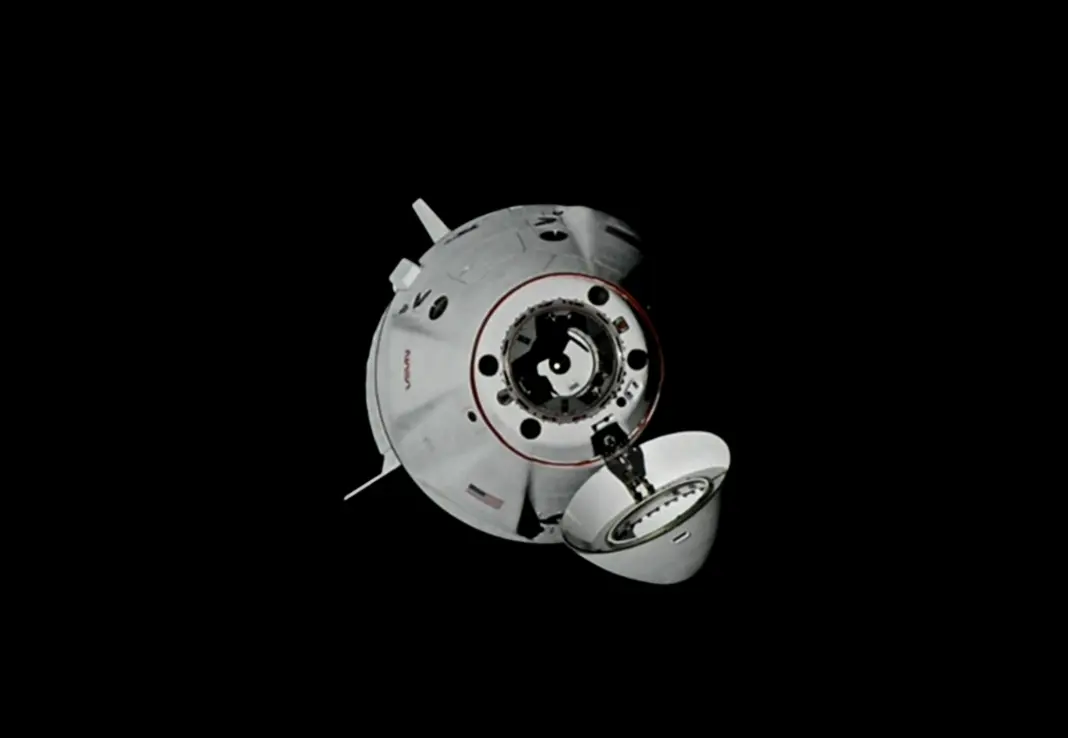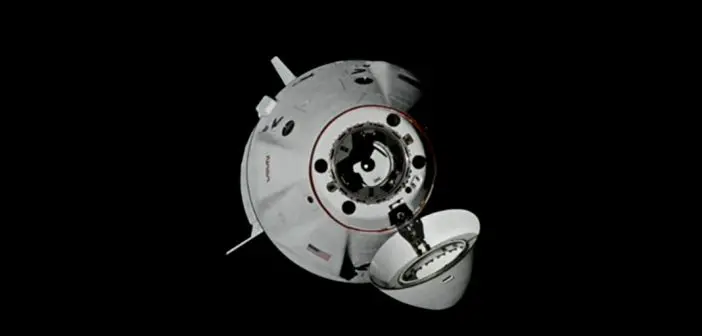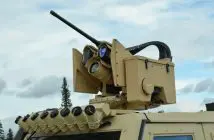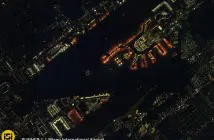
A SpaceX Dragon capsule has safely docked at the International Space Station (ISS) around 07.50 on Monday, September 30 (AEST), part of a rescue mission to bring two NASA astronauts back to Earth early next year.
The docking occurred while the ISS overflew Botswana and followed the launch of a Falcon 9 rocket from Cape Canaveral earlier on early Sunday (AEST) that carried NASA astronaut Nick Hague and Roscosmos cosmonaut Aleksandr Gorbunov, who will become part of the space station’s Expedition 72 crew.
The mission is NASA’s ninth commercial crew rotation mission to the ISS and the first human spaceflight mission launched from Space Launch Complex-40 at Cape Canaveral. About eight minutes after launch, the booster returned to land without incident at SpaceX’s Landing Zone 1 at the Florida spaceport.
Falcon 9’s second stage was disposed in the ocean as planned, but experienced an off-nominal deorbit burn and landed outside the target area
.
Hague and Gorbunov will return to Earth in February, accompanied by Butch Wilmore and Suni Williams, who travelled to the ISS in June onboard Boeing’s Starliner but have remained stuck there ever since owing to technical problems with that spacecraft. Starliner has since safely returned to Earth uncrewed.
Expedition 72, which includes seven NASA astronauts and four Russian cosmonauts, will conduct more than 200 scientific investigations, including blood clotting studies, moisture effects on plants grown in space, and vision changes in astronauts during their mission.
NASA Deputy Administrator Pam Melroy said the launch with just two crew members made it unique. “A crew change is not a small thing,” she said, referring to the decision to remove Zena Cardman and Stephanie Wilson from the crew list to make room for Wilmore and Williams on the return flight but adding that “it was the right thing to do.”
Melroy also noted that NASA now had three launch pads able to support crewed spaceflights, a first for the agency. Next year, with Artemis 2, NASA will have a fourth pad.
Dana Hutcherson, NASA’s Deputy Program Manager of the Commercial Crew Program, said no major issues cropped up during the launch and climb. “It’s always good to hear during the radio checks and comms that the crew’s doing well,” she said.
Hutcherson said the launch from the new pad went smoothly but said there was a minor issue with a Dragon service section purge air compressor that experienced some high temperatures beforehand. It kicked over the second compressor, and the redundancy was lost. However, the crew went out, fixed the problem, and got the first compressor running again. “Everything went normally, but it was kind of cool to see that action as we went into the countdown,” she said.
Both Cardman and Wilson were at Cape Canaveral for the launch, having trained for 18 months for Crew 9. Cardman said watching the launch was “bittersweet,” but it was larger than herself. Wilson said the crew was trained to be flexible and adaptable. While she wished she was onboard, she was excited for Hague and Gorbunov and wished them well. “We trained together for a long time and are friends,” she said.
NASA say they will reassign both astronauts to a future mission.





